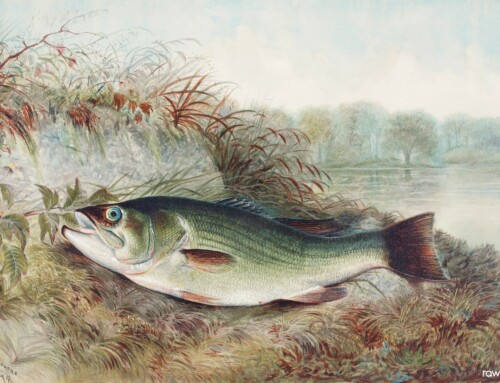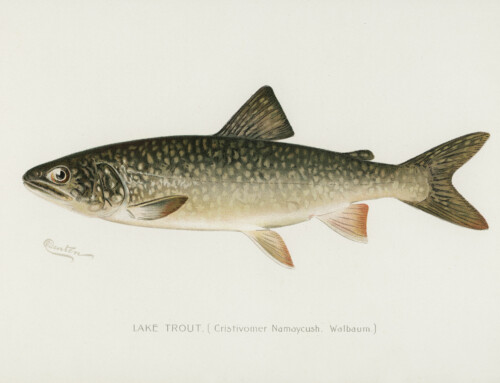Originally Published by the Sarnia Observer, July 28, 2015
By Paul Morden
Governments on both sides of the Great Lakes remain on guard against the threat of the Asian carp.
The fish was introduced to North America from Asia in the 1970s to keep fish farm ponds clean but escaped into the Mississippi River system, took hold, made its way north and now threatens the Great lakes.
In particular, officials have been closely watching a man-made canal in Chicago connecting the Illinois River and the Great Lakes where an electric barrier was installed to prevent fish from crossing between the two watersheds.
“Both the federal governments of Canada and the United States, as well as individual states and provinces, are all working together,” said Matt Smith, a monitoring and information management specialist with the Ontario Federation of Anglers and Hunters.
“There’s a lot at stake,” Smith said, noting it has been estimated the fishery on the Great Lakes contributes $7 billion annually to the economy.
“The Asian carp has been determined, through science conducted by the Department of Fisheries and Oceans Canada, to have a high risk to the fisheries of the Great Lakes,” he said.
The several species of Asian carp can grow large, and the bighead and silver varieties are described as voracious eaters of the same types of food that native Great Lakes fish rely on.
The silver carp is easily startled by the sound of boat motors and has also caused harm to humans by leaping into the air and landing on passengers.
In recent years, governments on both side of the border have been contributing large amounts of money for early detection and monitoring, as well as searching for ways to respond if the fish becomes established in the Great Lakes, Smith said.
Earlier this month, the Great Lakes Commission and Great Lakes Fishery Commission sent a joint letter to U.S. President Barack Obama seeking funding “for a robust and aggressive program” in the 2017 federal budget to project the lakes from the Asian Carp.
“It is vital that we sustain and fully fund current Asian carp monitoring and control effects; develop and implement technologies to impede their expansion; and improve control measures on all potential pathways into the Great Lakes basin,” the letter said.
Smith said grass carp were found in recent years in the Grand River near Dunnville, but were found to be unable to reproduce, lowering the potential risk.
On the U.S. side, near Sandusky, Ohio, there has been evidence of grass carp reproduction. “Indicating there might be a population of grass carp that are reproducing in a tributary off of Lake Erie,” he said.
“As for the other species, there has been no real evidence that these fish are established in the Great Lakes,” he said.
On the Canadian side of the shared lakes, an Ontario program collects water samples to test for presence of Asian carp DNA.
That provides “an early warning system,” with federal Fisheries and Oceans crews following up by conducting live netting field sampling in the lakes, Smith said.
The federation also has an information campaign encouraging the public, including anglers, to be on the lookout for the species.
“The earlier you find it, the more likely management is possible,” he said.
“The goal would hopefully be to contain the introduction, and then hopefully eradicate the species before they become established.”
Smith said that if someone believes they’ve seen one of the species of Asian carp, they can call the Invading Species Hotline at 1-800-563-7711, or report it onlinewww.eddmaps.org/ontario.
Information about Asian carp, and other invasion species, is available online at www.invadingspecies.com.
Handout photo. 






